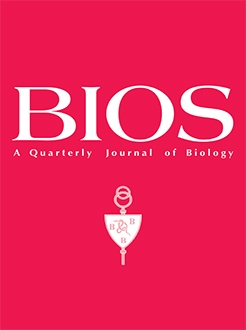Mosquito-borne diseases are a major public health concern and given the current expansion of the distribution of invasive species of mosquitoes, active arboviral surveillance is necessary to inform public health applications. Metagenomics has been used as a molecular tool to detect and discover pathogens in arthropod vectors. We used the portable next-generation sequencing MinION from Oxford Nanopore Technologies to detect the West Nile virus in mosquitoes collected in Oklahoma during the summer of 2019. Our sampling efforts resulted in 3,200 mosquitoes collected from four counties in Oklahoma. The species composition was diverse, with 19 species from five genera. Following species identification and pooling, total RNA was extracted, and samples were screened for mosquito-borne arbovirus by quantitative reverse transcriptase-polymerase chain reaction (RT-qPCR) using primers targeting conserved regions of the flavivirus arboviral family. A DNA library was constructed with cDNA from samples tested positive for flavivirus and sequenced on single MinION R9.4 flow cells generating 3,190,000 reads. Base-calling was done using the built-in tool in the MinKnow ONT software that implements quality filtering (QC). A total of 2,494,315 reads were analyzed; and 83,016 reads were classified and 2,411,299 were unclassified using the cloud-based EPI2ME data analysis platform from ONT. MinION sequencing uncovered that the dominant superkingdoms were bacteria (51.1%), followed by eukaryote (42.9%), viruses (5.2%), and archaea (0.8%) with 354 reads mapping to the arboviral West Nile virus.
How to translate text using browser tools
4 January 2023
Using metagenomics to detect West Nile virus in mosquitoes collected in Oklahoma
Kayla M. Thomas,
Noah J. Pelletier,
Caio M.B. França
ACCESS THE FULL ARTICLE
<
Previous Article
|

BIOS
Vol. 93 • No. 4
December 2022
Vol. 93 • No. 4
December 2022




